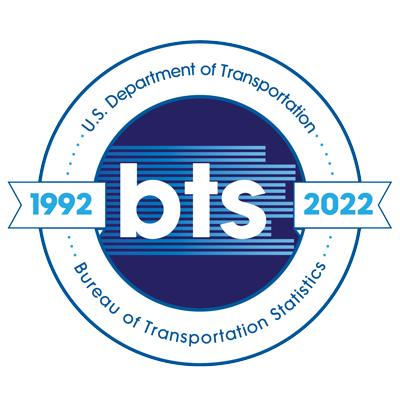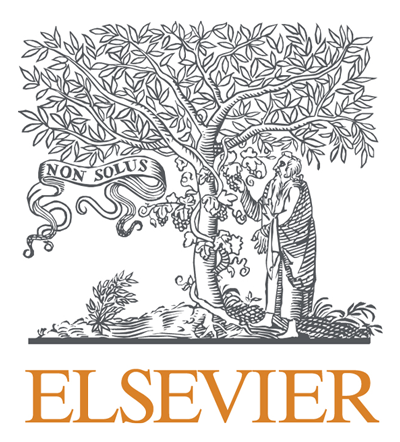Estimating space-time patterns of COVID-19 incidence and the associations with neighborhood characteristics in California
Topics:
Keywords: COVID-19 dynamic, social determinants of health, space-time association
Abstract Type: Paper Abstract
Authors:
Yanjia Cao, The University of Hong Kong
Jiue-An Yang, Beckman Research Institute, City of Hope
Calvin Tribby, Beckman Research Institute, City of Hope
Marta Jankowska, Beckman Research Institute, City of Hope
,
,
,
,
,
,
Abstract
Background: The impact of COVID-19 has been recognized by scientists among multiple disciplines in the past three years. The related social determinants of health (SDOH) vary across communities and population groups, potentially contributing to the dynamic pattern of COVID-19 incidence.
Method: To identify the time patterns of COVID-19 incidence during 1/20/2020 to 5/22/2022 at ZIP Code Tabulation Area (ZCTA) level in California, we applied time series clustering analysis. To explore the association with SDOH, we first identified 24 variables following the guide from Healthy People project. Nine variables were dropped when correlation was over (+/-) 0.5. Further SDOH variable selection used spatial lag regression with random effect . Based on correlation coefficients and p-values (p<0.05), we finally selected the SDOH variables: % of non-Hispanic Black, % of Hispanic, crowding, % of employed in service and % with no high school degree. Covariates included population density, % of over 65 years old, % of obesity and RUCA for each model. We applied geographically and temporally weighted regression (GTWR) to model the dynamic association between each SDOH variable and weekly COVID-19 incidence at each ZCTA.
Results: We found five waves in California during the 122-week period. The corresponding spatial hotspots of each wave were also identified. For each wave, we selected the locations with peak incidence and explored related SDOH variables at each ZCTA location.
Conclusion: This study provides understanding of the space-time patterns of COVID-19 incidence and the pandemic-related SDOH may allow for targeted prevention and treatment efforts in future crises.
Estimating space-time patterns of COVID-19 incidence and the associations with neighborhood characteristics in California
Category
Paper Abstract








